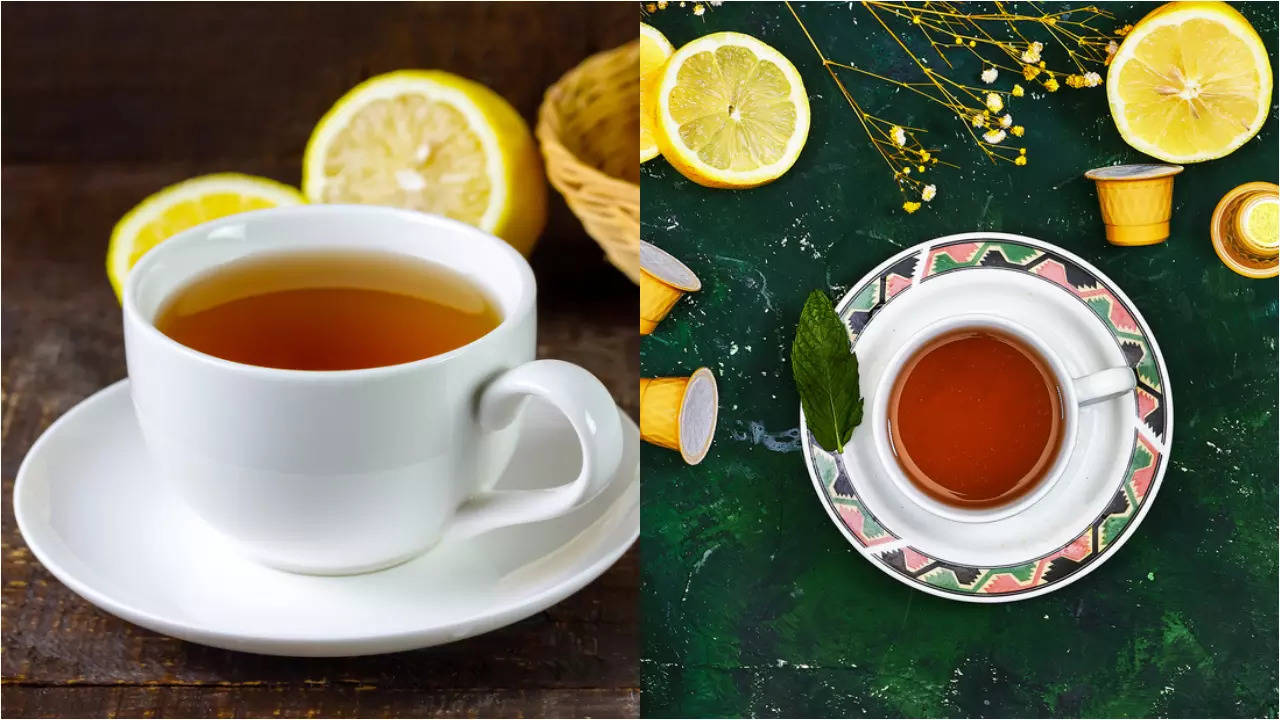[ad_1]
8 HEALTHY causes to drink Chamomile tea
What’s Tea?
Tea, an fragrant beverage, is ready by pouring sizzling water over the leaves of the Camellia sinensis plant, an evergreen shrub native to Asia however cultivated worldwide.The leaves of this plant produce varied forms of tea, together with inexperienced, black, white, oolong, and Pu-erh, every impacting the flavour, aroma, and colour of the tea.
What’s Tisane?
Tisane, then again, is an natural infusion constituted of a mix of aromatic herbs, flowers, fruits, seeds, and spices. The time period “tisane” is French, and in contrast to conventional tea, it may be served each cold and warm. Tisane consists of varieties like chamomile, hibiscus, peppermint, and rooibos.
Regardless of their similarities as drinks, a number of key variations set tea and tisane aside:
Caffeine Content material:
Tea accommodates various ranges of caffeine, making it a preferred selection for these in search of to remain alert. Tisane, nonetheless, is caffeine-free, making it supreme for night or bedtime consumption.
Taste Profiles: The flavour of tea will depend on its brewing time and the kind of tea leaves used. Tisane flavors are derived from substances like hibiscus, contemporary mint, dried berries, and roasted barley, providing a novel and wealthy taste expertise.
Well being Advantages: Tea is acknowledged for its antioxidants and caffeine, which may improve bodily and psychological alertness and increase metabolism. Tisanes, nonetheless, provide a broader vary of well being advantages, specializing in leisure, wellness, and refreshment with out caffeine’s results.
Cultural Significance: Tea holds important cultural significance in lots of societies, is related to rituals and traditions, and is a each day beverage in lots of households. Tisane, whereas much less formalized, additionally carries cultural significance for wellness and rejuvenation.
Based on the Tea Affiliation of the US, tea is the second most consumed beverage on the planet after water, with over 3 billion cups consumed each day. Black tea is the most well-liked selection, adopted by inexperienced tea and natural tea. In India, tea consumption is estimated at 1.1 billion kg yearly. Tisanes, gaining recognition amongst health-conscious customers, showcase a shift in the direction of various and health-oriented beverage selections.
The flexibility of tisane flavors and preparation strategies caters to particular person preferences, whereas conventional tea drinkers usually stick to standard varieties and brewing strategies. Understanding the variations between tea and tisane enhances appreciation for his or her range. Tea, rooted within the Camellia sinensis plant, affords a variety of flavors and well being advantages, whereas tisanes present various natural infusions catering to wellness wants. Each play very important roles in international cultures and provide distinctive attributes for these in search of the right beverage mix.
Whether or not you like the comforting results of tea or the soothing qualities of tisane, exploring each can enrich your beverage expertise.
Contributed by: Rudra Chatterjee – Managing Director at Luxmi Group
[ad_2]
This text is just not written by Tmm Staff, might tgis article include copyright



